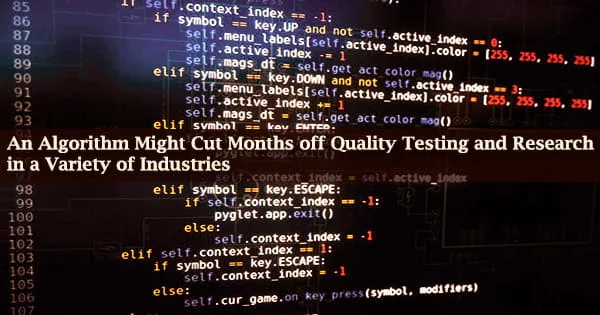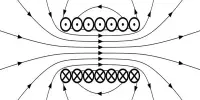Sandia National Laboratories created a machine-learning method that could make bulk material testing faster and more cost-effective for the automotive, aerospace, and other industries.
The technique was published recently in the scientific journal Materials Science and Engineering: A.
Stoppages in production are expensive. As a result, producers test materials like sheet metal for formability before utilizing them to ensure that they will not break when stamped, stretched, or strained as they are formed into various parts.
According to Sandia scientist David Montes de Oca Zapiain, the primary author on the article, companies frequently utilize commercial simulation software calibrated to the results of numerous mechanical testing. These tests, however, can take months to complete.
While certain high-fidelity computer simulations may assess formability in as little as a few weeks, Montes de Oca Zapiain explained that enterprises need access to a supercomputer and specific knowledge to conduct them.
According to Montes de Oca Zapiain of Sandia, machine learning can drastically reduce the time and money required to calibrate commercial software because the algorithm does not require input from mechanical tests.
The procedure also does not necessitate the use of a supercomputer. It also creates a new avenue for conducting faster research and development.
The developed algorithm is about 1,000 times faster compared to high-fidelity simulations. We are actively working on improving the model by incorporating advanced features to capture the evolution of the anisotropy since that is necessary to accurately predict the fracture limits of the material
Hojun Lim
“You could efficiently use this algorithm to potentially find lighter materials with minimal resources without sacrificing safety or accuracy,” Montes de Oca Zapiain said.
Algorithm replaces mechanical tests
MAD3, which stands for Material Data Driven Design and is pronounced “mad cubed,” works because metal alloys are made up of minute, so-called “crystallographic” grains.
These grains combine to generate a structure that makes the metal stronger in certain directions but weaker in others, a phenomenon known as mechanical anisotropy.
“We’ve trained the model to understand the relationship between crystallographic texture and anisotropic mechanical response,” Montes de Oca Zapiain said. “You need an electron microscope to get the texture of a metal, but then you can drop that information into the algorithm, and it predicts the data you need for the simulation software without performing any mechanical tests.”
Sandia used a technique called a feed-forward neural network to train the algorithm on the results of 54,000 simulated materials tests in collaboration with Ohio State University.
The Sandia team next used 20,000 new microstructures to test the algorithm’s accuracy, comparing the algorithm’s calculations to data from experiments and supercomputer-based simulations.
“The developed algorithm is about 1,000 times faster compared to high-fidelity simulations. We are actively working on improving the model by incorporating advanced features to capture the evolution of the anisotropy since that is necessary to accurately predict the fracture limits of the material,” said Sandia scientist Hojun Lim, who also contributed to the research.
Sandia is conducting additional research as a national security laboratory to see if the algorithm may shorten quality assurance processes for the US nuclear stockpile, where components must fulfill stringent standards before being allowed for industrial use. The Advanced Simulation and Computing program of the National Nuclear Security Administration financed the machine-learning study.
Sandia developed a cross-disciplinary team to build the user-friendly, graphics-based Material Data Driven Design program so that other universities may benefit from the technology. Through the Department of Energy’s Energy I-Corps initiative, it was developed with input from more than 75 interviews with potential users.
















